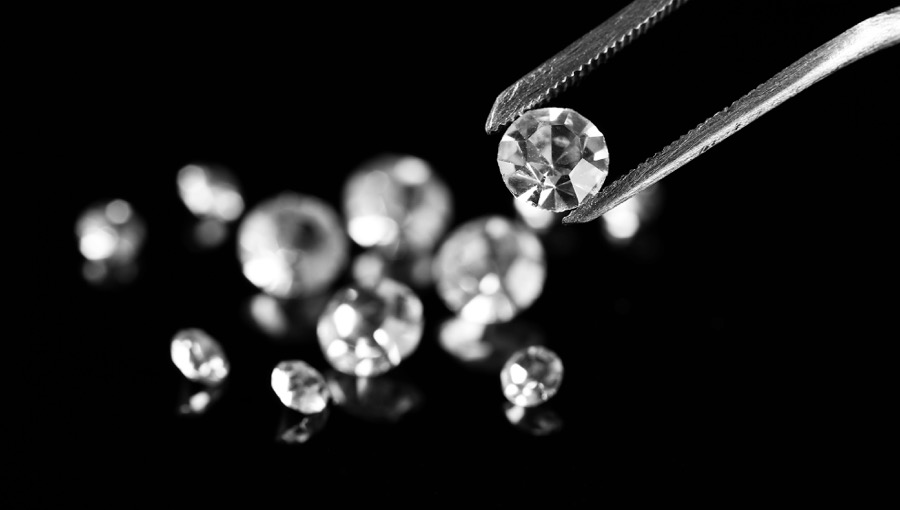
The lab-grown diamond industry is the latest sector to feel the effects of China’s energy crisis — and if the situation gets worse, consumers may find that special Christmas gift is suddenly a lot more expensive.
Output of jewelry-grade gems has dropped by about 10% to 15% for the past month or so, said Liu Houxiang, a consultant at the National Gemstone Testing Center, in a telephone interview. Roughly 7 million carats of jewelry-quality synthetic diamonds are produced globally each year, according to Liu, of which 3 million come from China.
More affordable and more sustainable than their mined counterparts, laboratory-grown diamonds are becoming increasingly popular. The stones are manufactured using extreme heat and pressure to mimic the process behind natural diamonds. A small sliver of an existing diamond (the “seed”) is placed in a reactor with pure graphite carbon or a carbon-rich gas. At high temperatures, atoms of carbon become attached to the seed, and within weeks a gemstone is formed.
Diamonds are far from the only product affected by China’s power shortage, which has been rippling across the country since the summer due to soaring coal prices. Activity in the country’s vast factory sector contracted in September for the first time since the pandemic began; metal producers, garment factories, sheep farmers and Apple suppliers have all been hit.
As the energy crisis continues, some synthetic diamond producers have announced plans to raise prices without giving specific details, Liu said. But the impact is “not too significant so far” and prices remain unchanged for now.
Still, he added, government policies around power supply restrictions remain uncertain going forward.
Comments
alexa
Dear writter,
How is it possible to write in the same article that lab-grown diamonds are more sustainable than the mined ones, whereas they are produced thanks a huge amount of energy that comes from coal in China…? the lab-grown diamond lobby should deserve the same critical point of view than the mined diamonds, above all in the current context of CLimat change.
AC